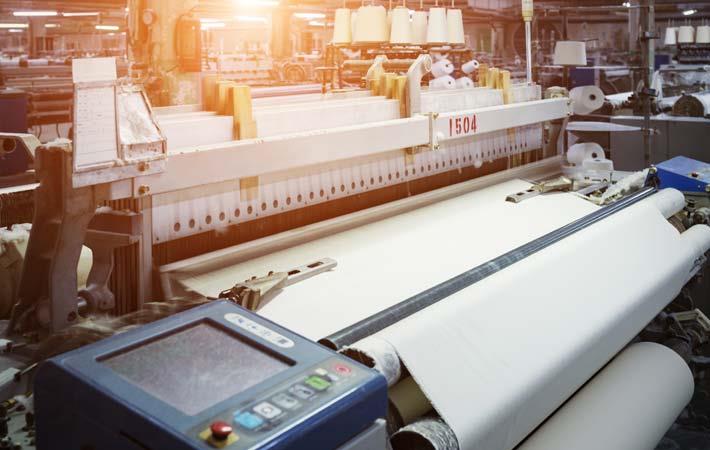The Karnataka cabinet yesterday cleared the ‘New Textile & Garment Policy 2019-2024’ that aims to attract investments worth ₹10,000 crore, generate over five lakhs jobs and make the state a leading player in the sector, state minister for law and parliamentary affairs JC Madhuswamy announced.
The state contributes 20 per cent to national garment production.
The overall budget requirement for implementing the policy is about ₹2,282.86 crore spread over the eight to nine years, Madhuswamy said. During the policy period 2019-24, the budget requirement is around ₹1,582.17 crore, media reports from the state quoted him as saying.
The new policy also provides for capacity building and vendor development, and envisages creation of centres of excellence for textiles and technical textiles.
Karnataka contributes 49 per cent to mulberry silk production, 12 per cent to wool production and 6 per cent to the country’s cotton production.
For equitable investment flow into the state, the policy has come out with a zonal classification, according to which Zone 1 comprises the entire Hyderabad-Karnataka (HK) region; Zone 2 covers all areas other than municipal corporations and district headquarters in non-HK regions, Zone 3 consists of all municipal corporations, district head quarters in non-HK regions; and Zone 4 comprises Bengaluru urban and Bengaluru rural districts.
The policy has credit-linked capital subsidy for micro, small and medium enterprises (MSMEs), large enterprises, interest subsidy for large enterprises and power subsidy for MSMEs and large enterprises.
The policy also aims to offer segment wise incentives like ginning, spinning, weaving (handloom and power looms), processing, integrated units, garmenting fashion/buying houses, technical textiles, silk and wool.
A special package is available for mega units–for textiles this involves fixed investments above ₹300 crore and minimum employment of 350; for garment units, it has been for fixed investments above ₹200 crore and minimum employment of 3,000.
The new policy plans to offer cluster based development strategy for providing infrastructure development for greenfield textile parks, brownfield cluster development and common effluent treatment plant and hazardous waste disposal facility.
Published On : 01-11-2019
Source : Fibre 2 Fashion

